
Lagavulin single malts are among the most sought after whiskies in production today and 2016 marks the 200th anniversary of the famous old label from Islay. We set sail for Lagavulin Bay to meet distillery manager Georgie Crawford.
The lure of Lagavulin Bay has endured for more than a millennium, we know that for sure.
The terrifying specter of longships from Scandinavia first sailed into Lagavulin in the eighth century. Long and sleek as they coursed through the sea, the serenity of a sailing longship was in blood-curdling contrast to those who disembarked from its slender, creaking bow; the marauding, all-conquering Vikings.
Settling on the principal Scottish islands, the Vikings established a ruling class of Norse-Gaelic earls, the Lords of the Isles. These island rulers were based on the idyllic Islay for more than six centuries—an island still known as the ‘Queen of the Hebrides’—and around the turn of the first millennium evidence of just how much they cherished Islay came with the construction of Dunyvaig Castle, out on the promontory that shelters Lagavulin Bay from the northeast.

Dunyvaig—which means ‘Fort of the galleys’—was effectively the naval base for the Lords of the Isles, the pivot around which they could dominate these eastern reaches of the Northern Atlantic and the seas reaching around Argyl and the Isle of Arran and into the Firth of Clyde, beyond which lay the mainland of Scotland.
In 1314, over a thousand men of Islay sailed from Lagavulin Bay to the mainland to join Robert the Bruce in his historic campaign at the Battle of Bannockburn, which was key to victory in the First War of Scottish Independence from England and which saw Robert the Bruce crowned King of Scotland.
Life has settled down around the banks of Lagavulin Bay since those tumultuous times. The castle is a ruin. Its last grey stone remnants remain stubborn and upright, but partly grassed over and providing ideal nesting spots for Islay’s abundant seabirds such as the common guillemot. Red-billed oystercatchers pad around the rocks beneath.
Islay attracts bird watchers and whisky sippers alike and even golden eagles are resident on this isolated isle, although their territory is the fertile hunting grounds of open land rather than sea, and they are more likely to nest up on the high grounds of Islay’s Oa Peninsula, a short drive southwest from Lagavulin Bay.
Covering an area of only 25 square miles, there is no such thing as a long drive on Islay.
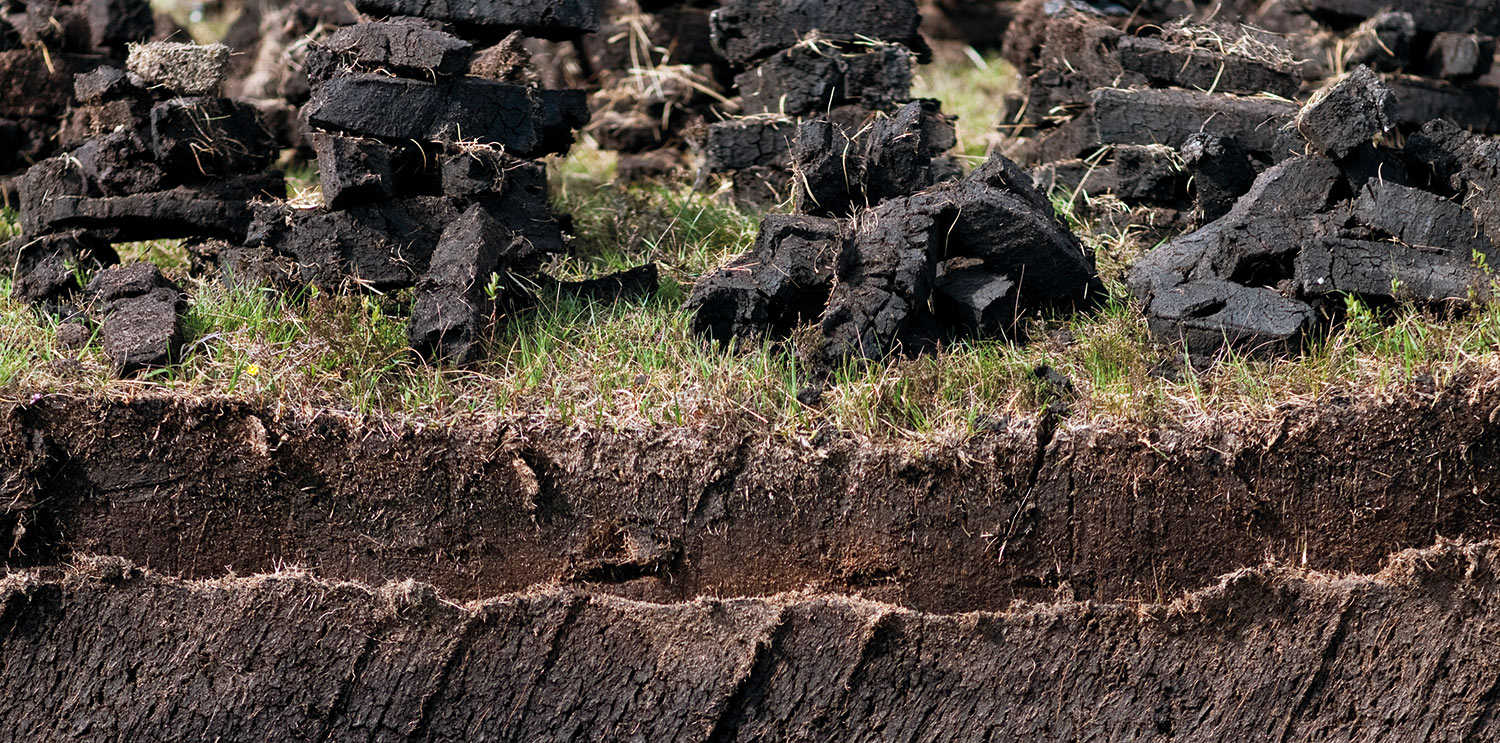
The galleys and canon long ago departed Lagavulin Bay yet the castle’s ancient, austere spirit remains, reminding visitors today that Dunyvaig is still on watch.
And Lagavulin Bay still has something of particular value and rarity to protect, the Lagavulin whisky distillery, which this year celebrates its 200th anniversary.
Boasting no less than eight distilleries, Islay is one of the world’s most revered centers of whisky production.
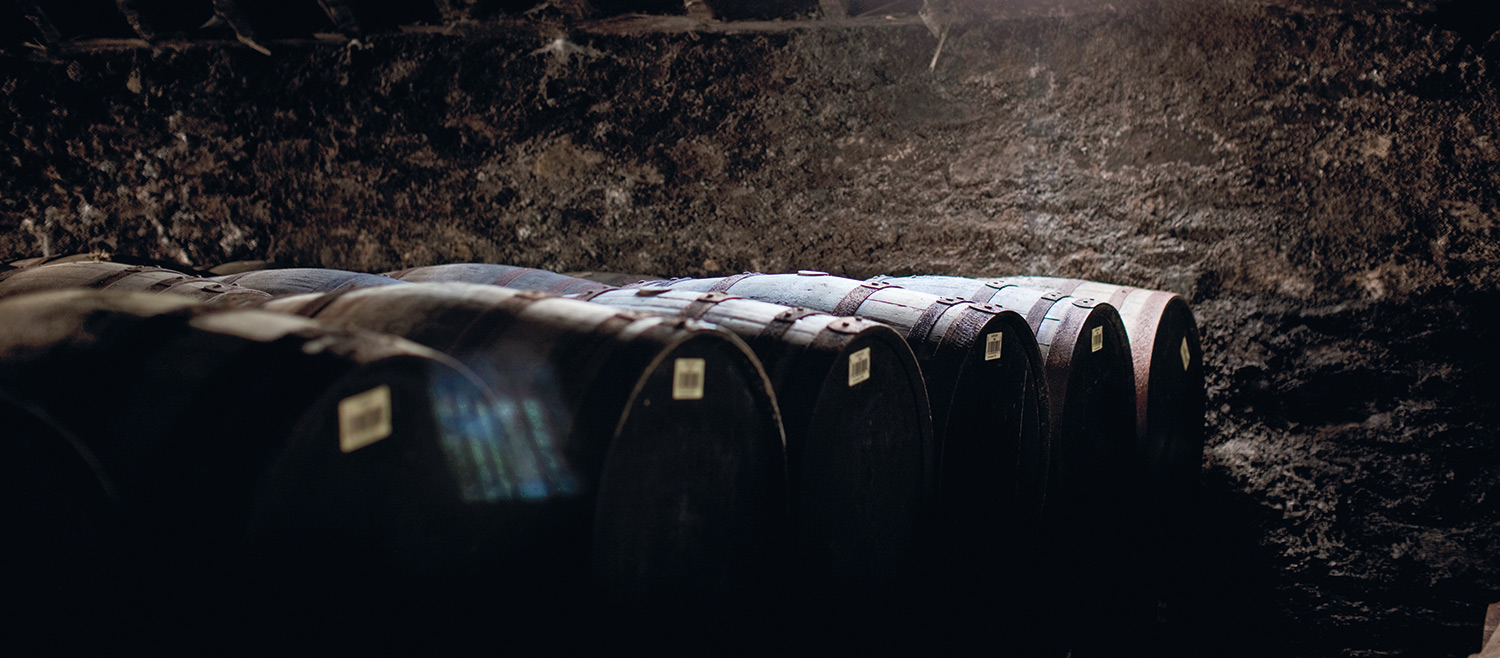
“It goes back to the history of aquavit [Aquavit, derived from the Latin ‘aqua vitae’, meaning ‘water of life’] and early whisky production,” starts Georgie Crawford, distillery manager at Lagavulin and a child of Islay. In fact records show that Crawford’s ancestors served as bards—the in-house storytellers and songwriters—to the Lords of the Isles in Dunyvaig Castle.
“The art of whisky distillation came from Ireland into Scotland and Islay was one of the stepping stones on the way. The travelling monks came through Lagavulin Bay and Dunyvaig Castle and some of them settled here, so Islay’s whisky production dates back to the 14th century.”
The monks produced that aquavit with unstinting dedication because they believed it had medicinal powers.
“From the monks the knowledge of distilling dissipated into the people,” adds Crawford, who has been manager at Lagavulin for six years, “and whisky gradually became a drink not just for medicinal purposes but also to mark celebrations and holidays, and as something to drink before and after battle.
“Islay lent itself so effectively to distilling because of thriving barley crops, an abundance of water and it had the peat as fuel, which is where those distinct key flavors came from in the beginning.”
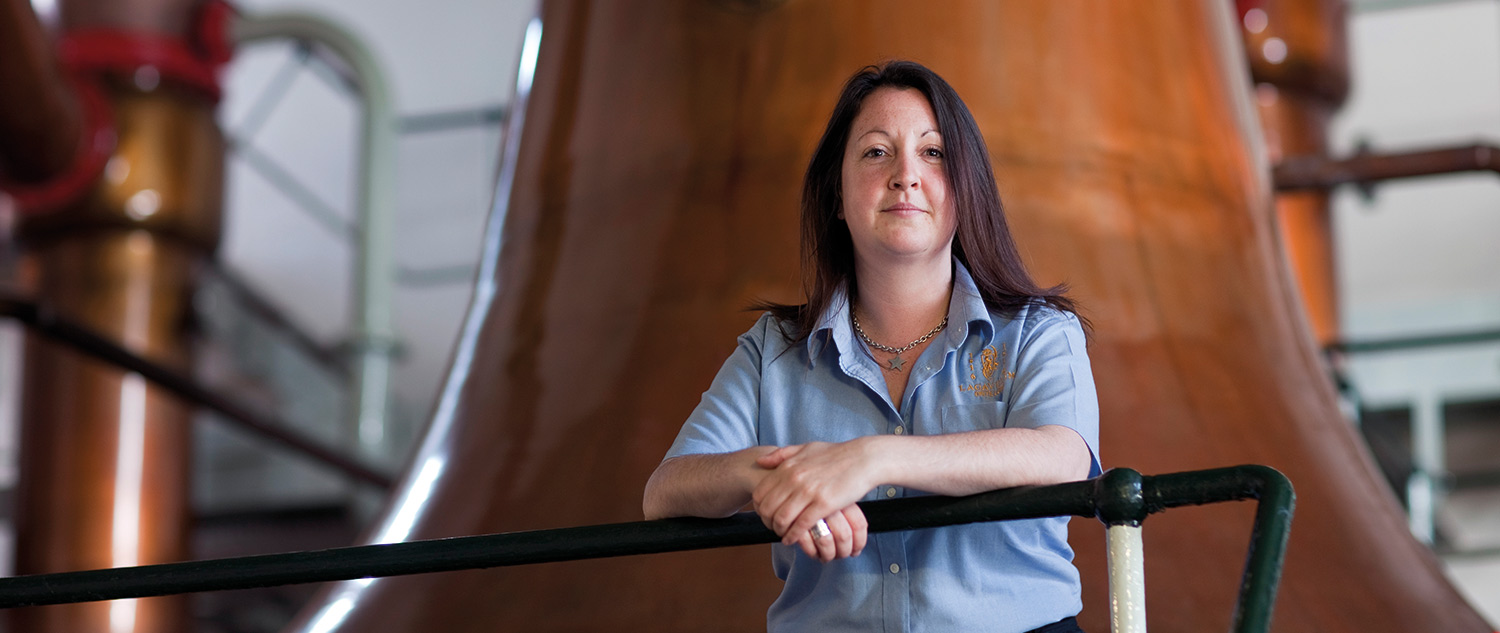
The cool maritime climate lends itself perfectly to the distilling process and Islay’s water is a key ingredient, with the island’s Sholum Lochs pouring a steady flow direct into the Lagavulin distillery, although not before it has flowed over 100 falls on the way. The climate, water, peat and distilling expertise passed down through the centuries have combined to see Lagavulin grow into one of the world’s most highly prized whiskies.
“Historically peat would have been the main fuel source and used throughout the entire kilning process,” explains Crawford as she takes Kingdom on a guided tour of the Lagavulin distillery, where every sod of peat used is dug up from Islay’s carefully-managed natural stock. “But now peat is just used for drying the malt. In fact, to get that smoky flavor we only need to burn the peat for 12 hours under the malt because once the outside of the husk of the grain of barley becomes dry the smokiness stops adhering to it. It has to be damp for adherence, so today we use a lot less peat than was originally used, while still getting the same smoky flavors.”
They talk about ‘terroir’ in fine wine, but there is certainly an element of terroir in Lagavulin too.
“Islay the place has a huge influence on the flavors of Lagavulin and so do the 1,000 unique features of this distillery,” explains Crawford. “My heart says the place makes Lagavulin and terroir comes into it because we are using peat that comes out of Islay’s ground. There are certainly organic differences to peat that is produced in different geographical locations so some of that maritime flavor you get from Lagavulin comes direct from the peat and from our island.”
In the 19th century the demand for Lagavulin whisky grew not just because of its distinct and layered flavors—flavors that just could not be replicated elsewhere—but also because of uncompromising attention to every detail of the production process to maintain consistency.
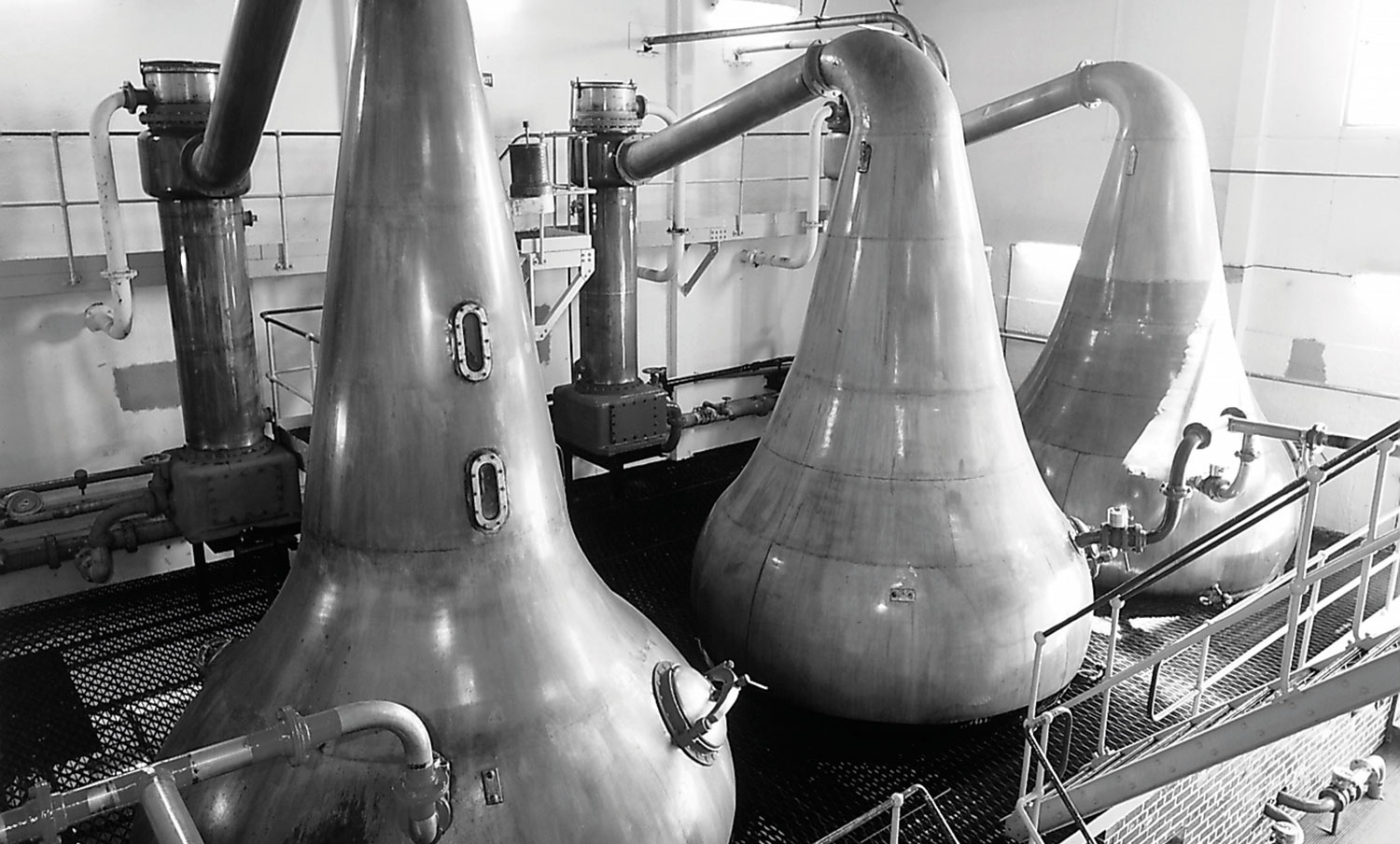
The distillery came under majority ownership of the Mackie family in the mid-19th century and it was Peter Mackie—or ‘Restless Peter’ as he was known—who led Lagavulin to new heights of production and fame in the late 19th and early 20th century. Mackie ran the business for nearly 50 years and Lagavulin’s production grew from little more than 4,000 gallons of whisky in 1821, to more than 130,000 gallons a year a century later. This year, Crawford is overseeing production that will reach a new annual high of just over 570,000 gallons. It’s a lot by Victorian standards but decidedly niche in terms of the 21st century whisky industry. That is the way Lagavulin is supposed to be and that is how it is going to stay, with demand far outlasting supply.
“We don’t have to market it very much,” adds Crawford, and there is no warehouse at Lagavulin, no liquid stockpile (unfortunately). There isn’t the capacity by the bay if a warehouse were required, but as soon as the whisky is bottled it is put on the back of a truck and heads to the ferry. “The liquid speaks for itself. Its popularity has grown through word of mouth over many years. We can sell Lagavulin for its value and its rarity ensures it does not ever need to be discounted.
“Lagavulin is quite a regal whisky and we don’t mess with it. We don’t have to.”
Lagavulin 16 Year Old, a classic single malt that encapsulates the island on which it is distilled
Taking out the fire
The cornerstone bottle from the Lagavulin distillery has long been its 16 Year Old, a premium single malt—distinct and layered—that somehow encapsulates Islay in every sip.
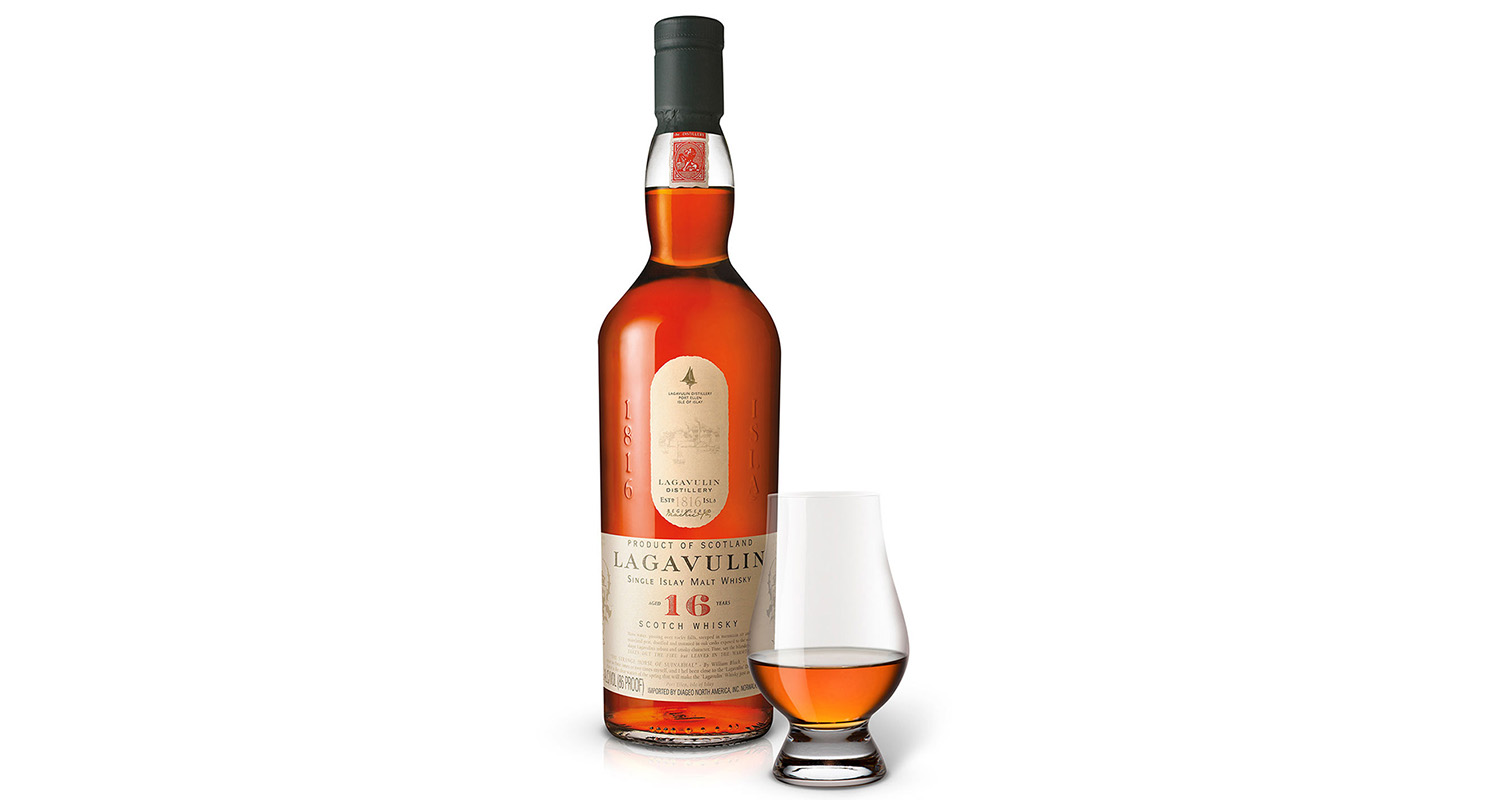
“16 Year Old is our flagship—a classic malt,” starts Crawford as she gently turns a glass under her nose. “When I think about Lagavulin’s flavor profiles it’s the same as describing Islay and that is what I really love about Lagavulin. I don’t think there is another product in the world that is not only a distillation of the production process but also a distillation of the people who have made it and the place where it is made.
“I can close my eyes and when I taste Lagavulin I am standing down at the bottom of the pier and drawing in all those flavors and senses. The peat smoke does make the whisky challenging and uncompromising and Islay is the same. Looking out from the bay here on a sunny day is absolutely sublime, but then on another day, perhaps in December or January—when it is blowing a gale and there has not been a ferry across from the mainland for three days—then Islay is challenging and uncompromising and that balance and characteristics are in the Lagavulin.
“Lagavulin has some subtlety about it—it’s a beautifully balanced whisky—so there are the cereal flavors you want from the barley, there are also some nice rich fruit flavors and you get some nice orange characteristics. Then the peat smoke balances it but it is not too over-bearing. It is rich and strong and there is a wood smoke flavor too that comes through from the cask. There is a multi-layered richness about 16 Year Old and it is quite serene.”
The reputation and global demand for Lagavulin is down to its 16 Year Old, although to mark the distillery’s 200th anniversary it has introduced special editions of an 8 Year Old—a revival of the age of the distillery’s first whisky two centuries ago—and something to really get the enthusiast dreaming of whisky barrels rolling down the pier at Lagavulin Bay; a 25 Year Old, matured in sherry casks, of which only 8,000 bottles are being filled worldwide (that’ll be $1,200 per bottle, so store it with care and open with reverence).
“The 25 Year Old is an unbelievable whisky,” says Crawford. “The Lagavulin character is there, right at the front, but it also has this big, rich, wood character. It is like an amplified version of the ‘16’ but because of the age you get into so many different layers of flavor. The sherry casks are made from European oak and they enhance the woody characteristic and give an earthy, spicy richness.
“For me, the older the whisky, the longer you should spend drinking it and enjoying it. The aromas and the flavors are there to be savored. This is not a drink to be rushed. Spend time delving into it, share it and talk about it.”
And remember what the islanders say of Lagavulin: “Time takes out the fire but leaves in the warmth”.
Follow Us On


| Cookie | Duration | Description |
|---|---|---|
| cookielawinfo-checkbox-analytics | 11 months | This cookie is set by GDPR Cookie Consent plugin. The cookie is used to store the user consent for the cookies in the category "Analytics". |
| cookielawinfo-checkbox-functional | 11 months | The cookie is set by GDPR cookie consent to record the user consent for the cookies in the category "Functional". |
| cookielawinfo-checkbox-necessary | 11 months | This cookie is set by GDPR Cookie Consent plugin. The cookies is used to store the user consent for the cookies in the category "Necessary". |
| cookielawinfo-checkbox-others | 11 months | This cookie is set by GDPR Cookie Consent plugin. The cookie is used to store the user consent for the cookies in the category "Other. |
| cookielawinfo-checkbox-performance | 11 months | This cookie is set by GDPR Cookie Consent plugin. The cookie is used to store the user consent for the cookies in the category "Performance". |
| viewed_cookie_policy | 11 months | The cookie is set by the GDPR Cookie Consent plugin and is used to store whether or not user has consented to the use of cookies. It does not store any personal data. |